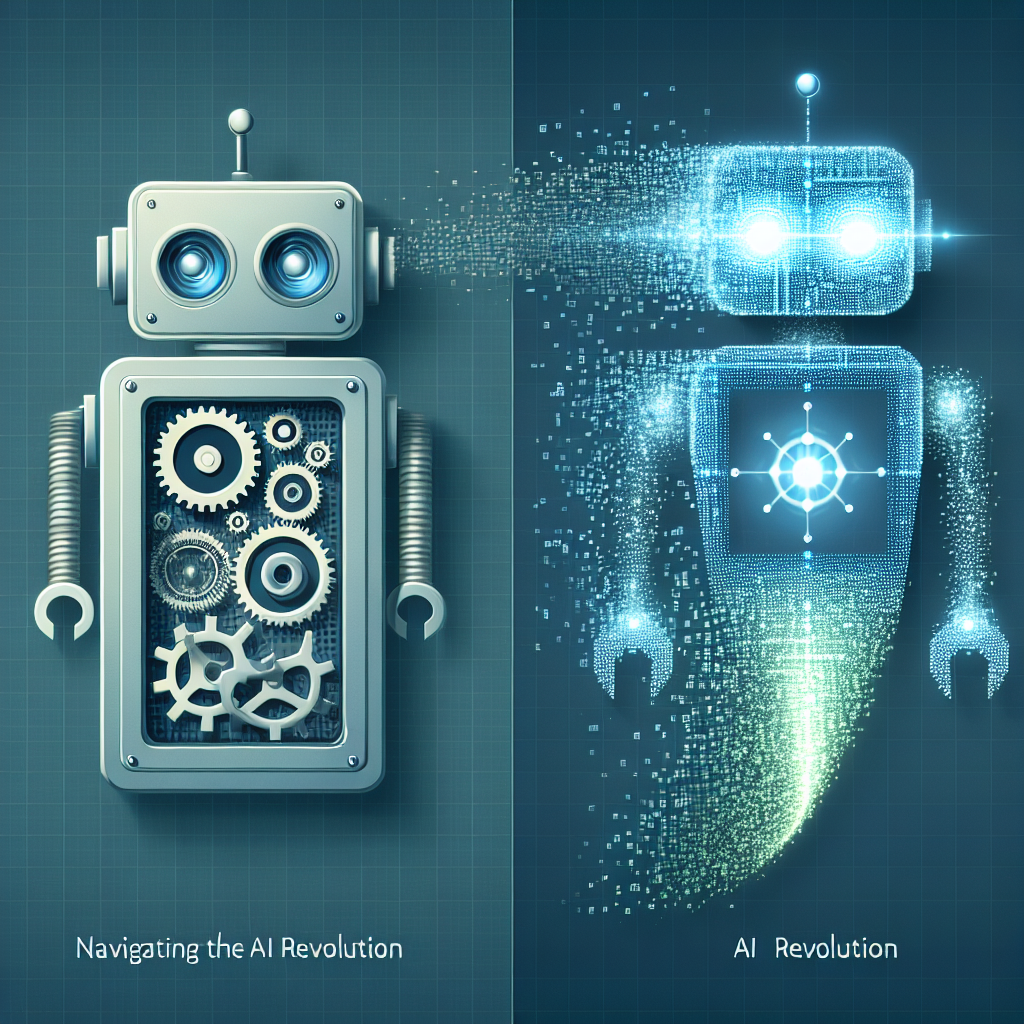The rise of artificial intelligence (AI) represents a revolutionary shift in technology, impacting various aspects of our lives, including business operations, customer service, and marketing strategies. Two prominent players in this landscape are AI agents and traditional bots. In this article, we will explore the differences, similarities, and applications of these technologies to help entrepreneurs, marketers, and small business owners make informed decisions.
Table of Contents
- Understanding Traditional Bots
- What Are AI Agents?
- Key Differences Between AI Agents and Traditional Bots
- Applications of AI Agents and Traditional Bots
- Benefits of AI Agents Over Traditional Bots
- Challenges and Limitations
- Conclusion
Understanding Traditional Bots
Traditional bots, often referred to as rule-based bots or script-driven bots, operate on pre-defined algorithms and rules. These bots follow a set of instructions to perform specific tasks, such as answering frequently asked questions or facilitating simple transactions. For instance, customer service bots can guide users through troubleshooting steps based on a fixed script.
The primary characteristics of traditional bots include:
- Pre-defined responses: They rely on scripts and keywords to interact with users.
- Limited context understanding: Traditional bots often struggle with more complex inquiries that fall outside their pre-programmed paths.
- Data dependency: Their effectiveness is directly influenced by the quality of the input data and the logic embedded in their programming.
Traditional bots can be beneficial for organizations looking to automate repetitive tasks efficiently without the need for sophisticated technology. However, their limitations can lead to user frustration when queries become intricate or nuanced.
What Are AI Agents?
AI agents, in contrast, are designed to leverage advanced machine learning algorithms and natural language processing (NLP). These agents can learn from interactions, adapt their responses based on context, and provide a more human-like experience. They are capable of complex tasks, making them suitable for more demanding applications than traditional bots.
Key features of AI agents include:
- Adaptive learning: They learn from past interactions to improve future responses.
- Natural language understanding (NLU): AI agents can comprehend, interpret, and generate human language more effectively than traditional bots.
- Context awareness: These agents can understand the context of conversations and tailor their interactions accordingly.
AI agents represent a significant advancement in the world of automated engagements, providing businesses with a more versatile tool for improving customer satisfaction and operational efficiency.
External Resource: Forbes on AI Agents
Key Differences Between AI Agents and Traditional Bots
Understanding the distinctions between AI agents and traditional bots is critical for businesses looking to implement automation effectively. Below are some notable differences:
| Feature | Traditional Bots | AI Agents |
|---|---|---|
| Learning Capability | None; fixed responses | Adaptive learning and refining responses |
| Language Processing | Basic keyword recognition | Advanced natural language understanding |
| Context Awareness | Limited context interpretation | Deep contextual awareness |
| Task Complexity | Simple, repetitive tasks | Complex tasks and inquiries |
| User Experience | Often frustrating in complex scenarios | More engaging, human-like interactions |
Thus, for businesses engaged in complex customer service operations, AI agents can significantly enhance user satisfaction compared to traditional bots.
Applications of AI Agents and Traditional Bots
Traditional Bots in Use
- Customer Support: Many companies employ chatbots to handle basic inquiries. They can provide instant answers to simple questions.
- E-commerce: Traditional bots assist customers by helping them navigate frequently asked questions about order status and return policies.
AI Agents in Use
- Personal Assistants: Innovations like Siri and Google Assistant interact with users in a conversational manner, adapting to individual preferences and queries.
- Healthcare: AI agents can analyze patient data and provide personalized recommendations based on previous interactions.
- Finance: Banking institutions are utilizing AI agents to offer tailored financial advice and responds intelligently to customer inquiries.
Benefits of AI Agents Over Traditional Bots
Integrating AI agents into business operations can yield numerous advantages, including:
- Improved Customer Satisfaction: AI agents provide more personalized and relevant interactions, leading to higher customer retention rates.
- Cost Efficiency: Although the initial investment in AI technology may be higher, the long-term savings from improved efficiency and reduced human resource needs can be significant.
- Enhanced Decision Making: AI agents can analyze large amounts of data quickly, providing actionable insights for businesses.
- Continuous Learning and Improvement: Constantly evolving algorithms ensure that AI agents stay relevant and effective as user behaviors and preferences change.
Internal Resource: Explore our insights on automation technologies
Challenges and Limitations
While AI agents present remarkable opportunities, they also face challenges:
- Resource Intensive: Implementing and maintaining AI systems can require substantial resources, both financial and technical.
- Quality of Data: AI agents rely on high-quality training data. Poor data can lead to inaccurate responses and user dissatisfaction.
- User Acceptance: Some users may still prefer human interaction, particularly in sensitive situations where empathy is crucial.
Conclusion
The transition from traditional bots to AI agents marks a pivotal moment in the technological landscape. By understanding the differences and respective applications of both technologies, businesses can harness their unique capabilities effectively.
Whether you opt for traditional bots for simple task automation or invest in advanced AI agents for a more personalized customer experience, it is essential to assess your specific needs and resources. As the AI revolution continues to progress, adapting to these changes will be critical for maintaining a competitive edge in your industry.
For more insights on the impact of AI technologies on business, consider reading more articles on our website. By staying informed, you can navigate the complexities of the AI revolution and leverage these advancements to benefit your organization.
Internal Resources
This comprehensive exploration lays the groundwork for understanding how AI agents are reshaping the automation landscape, ultimately benefiting various sectors and enhancing user engagement across the board. Stay ahead in this revolution, and leverage the best of both worlds for your enterprise’s success.
